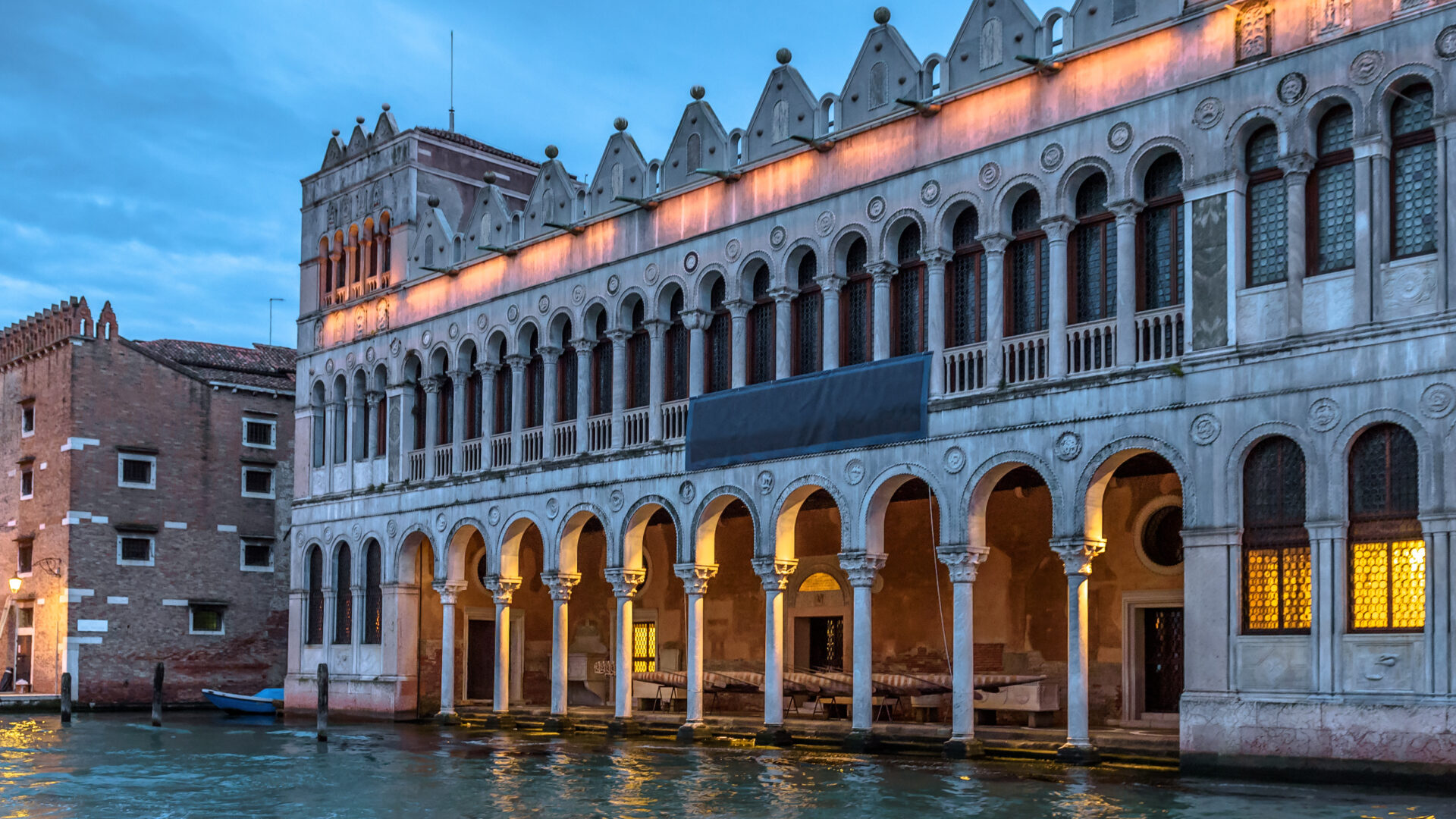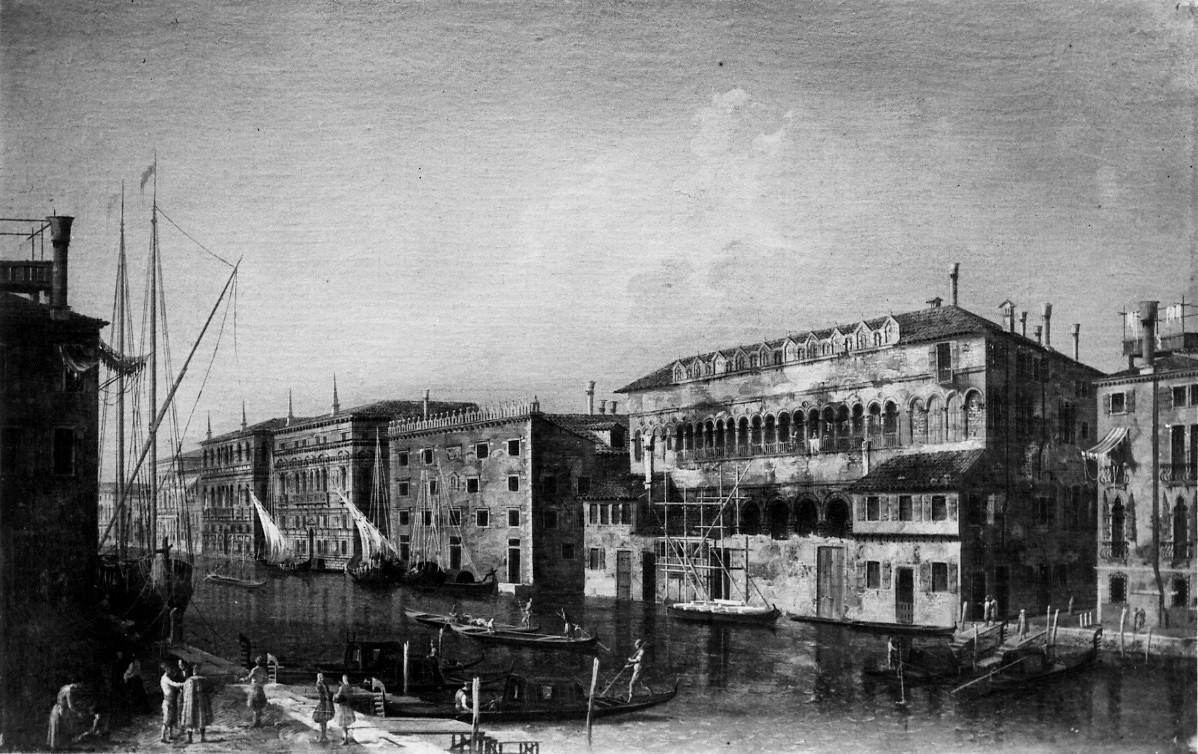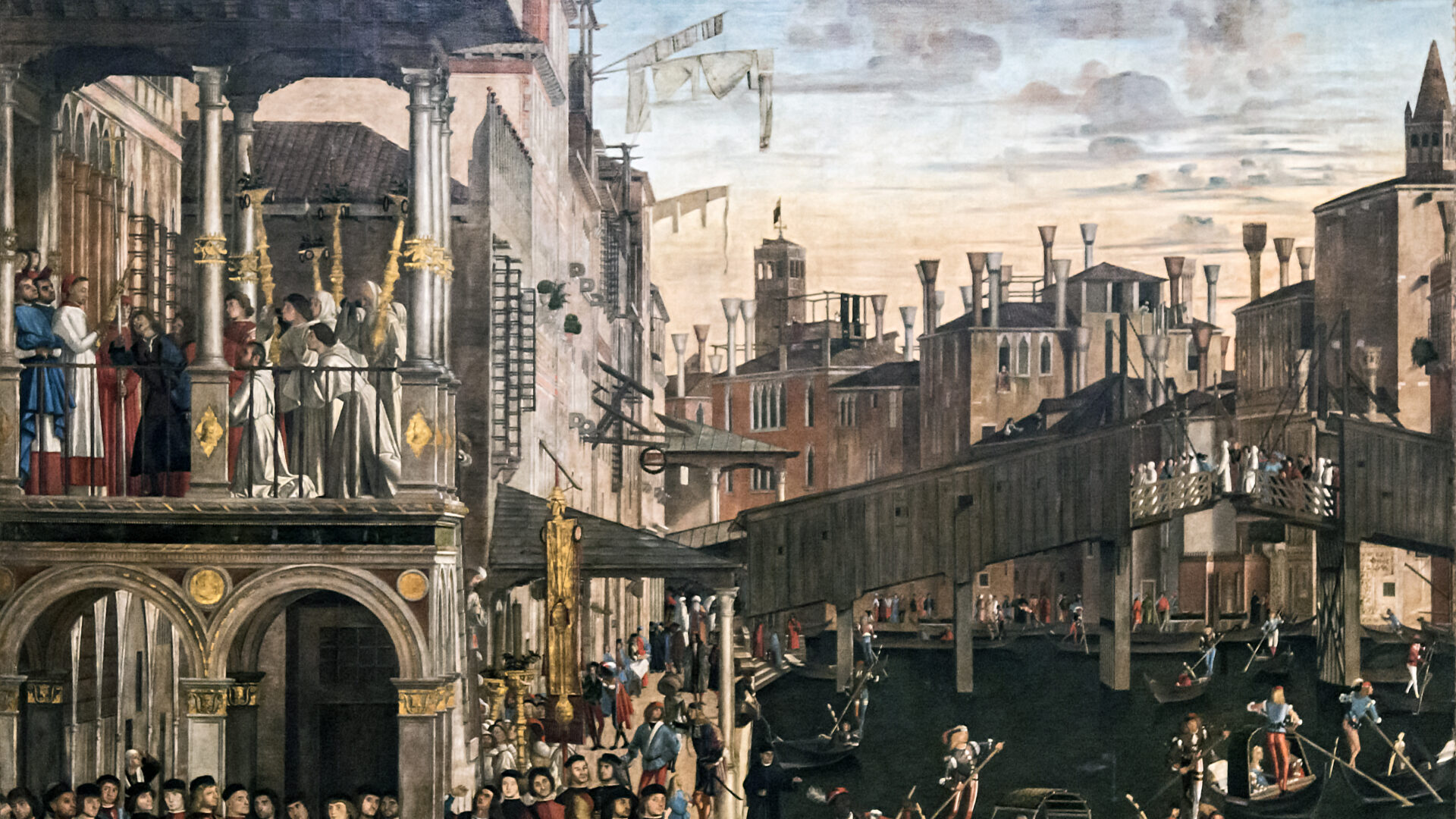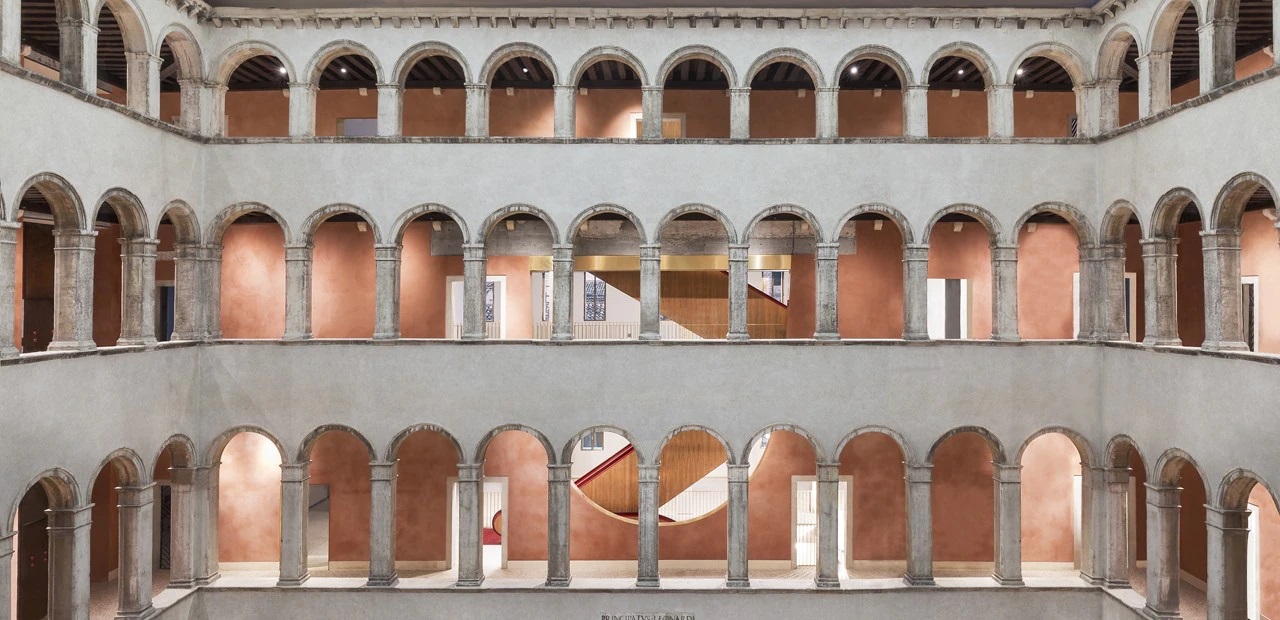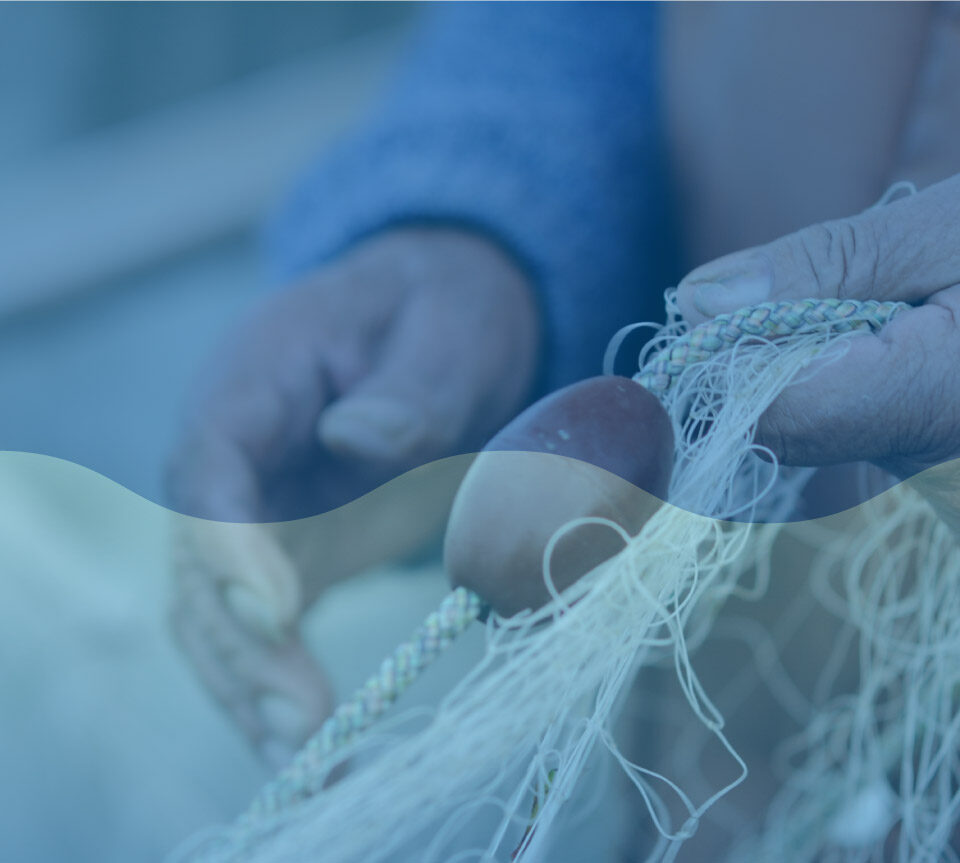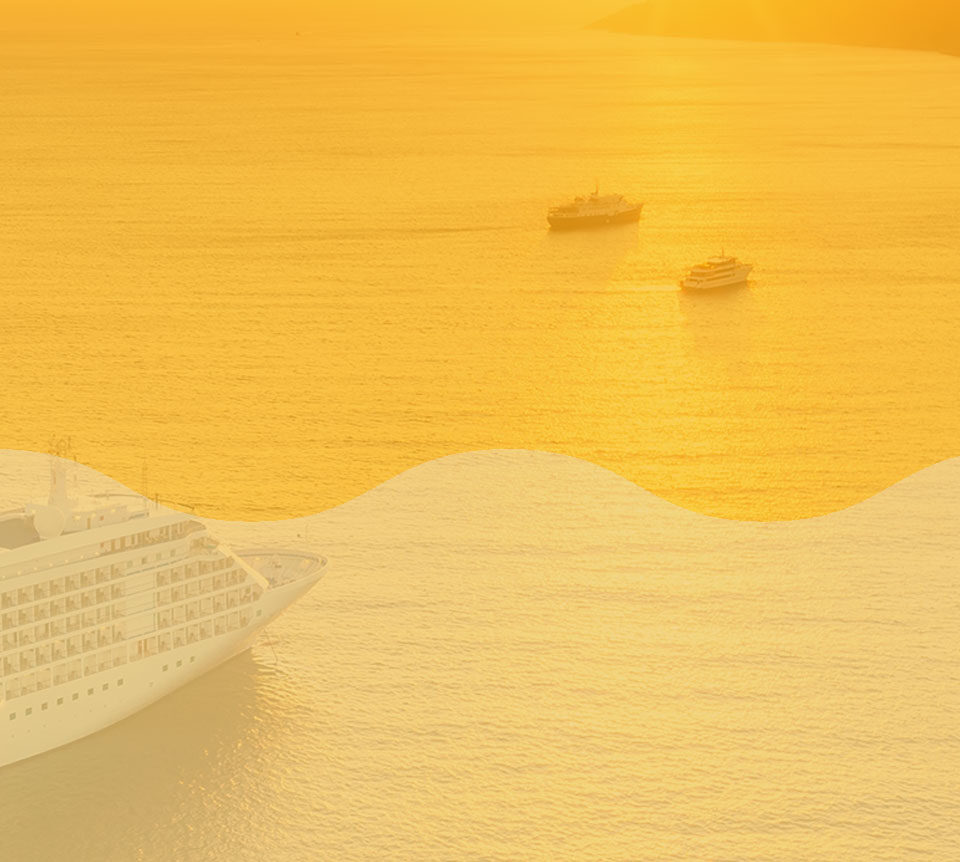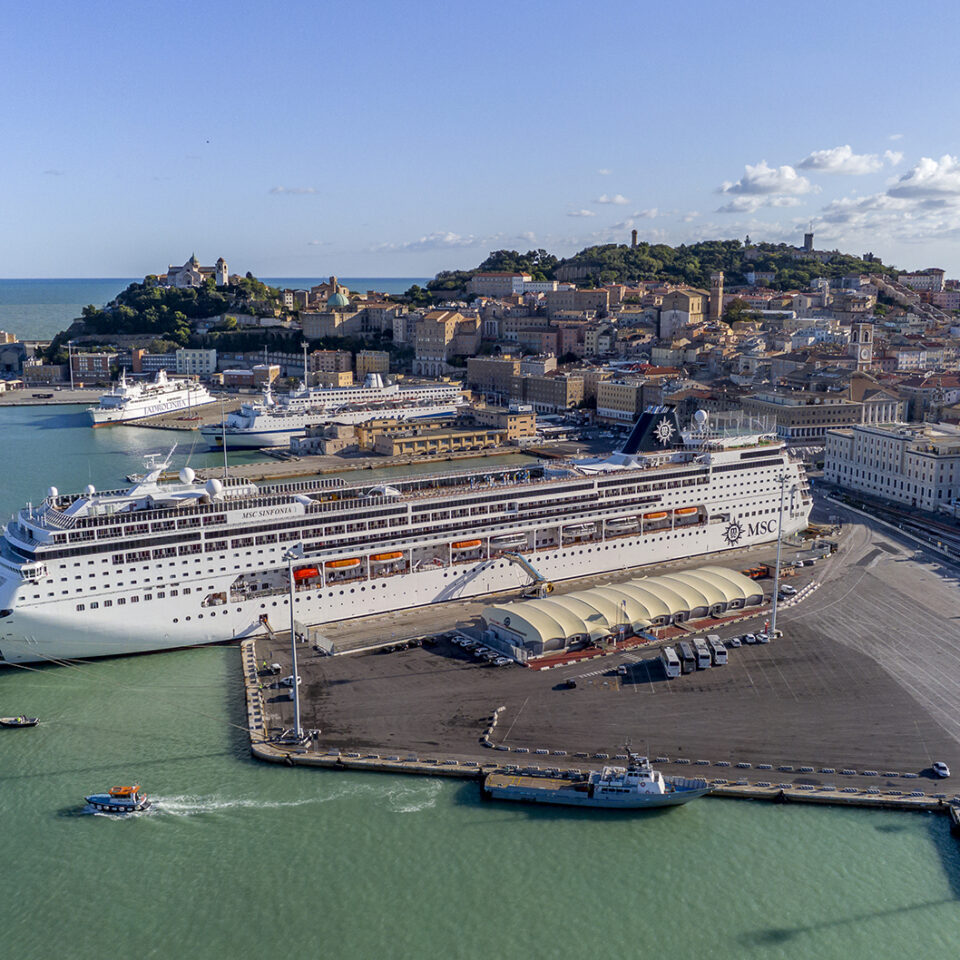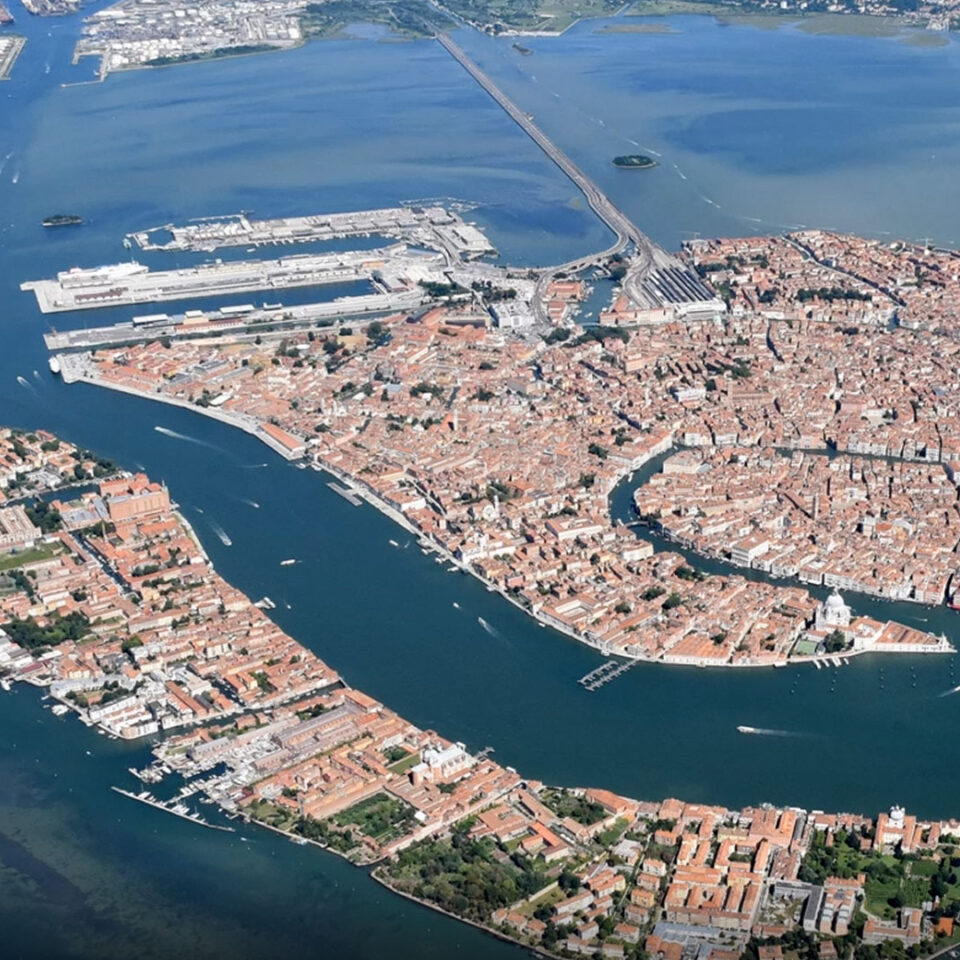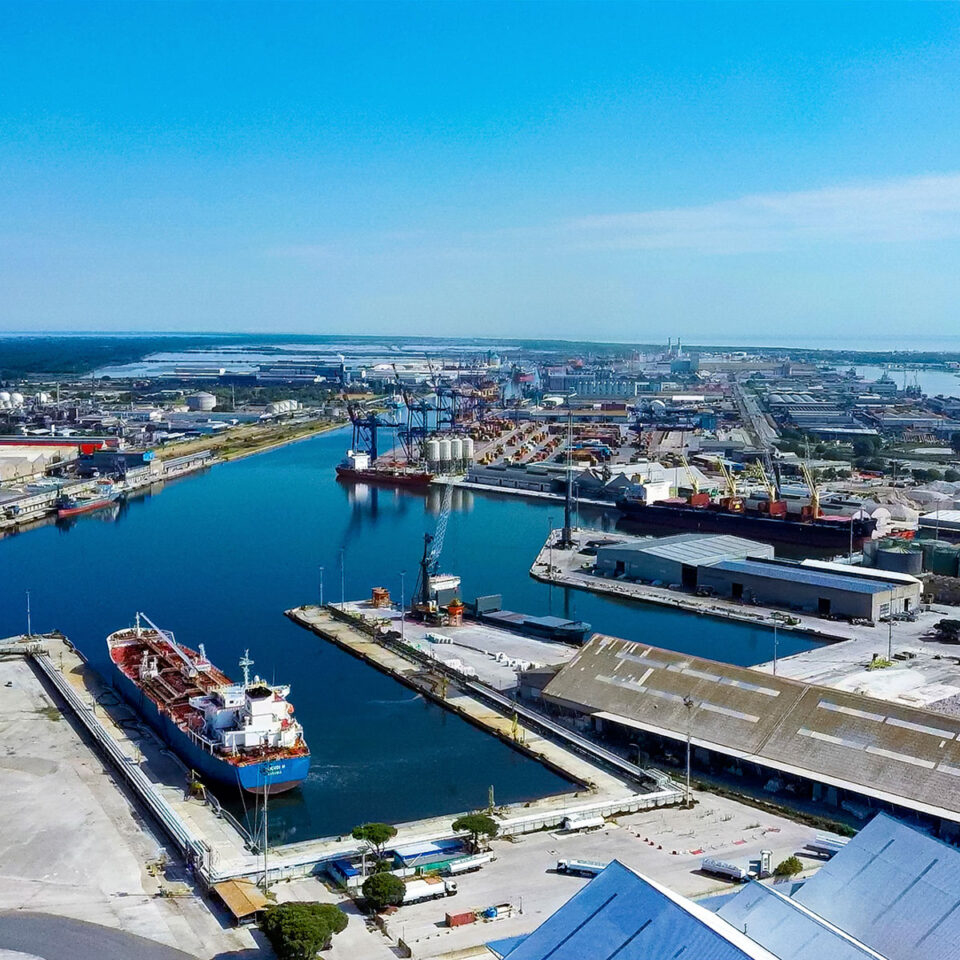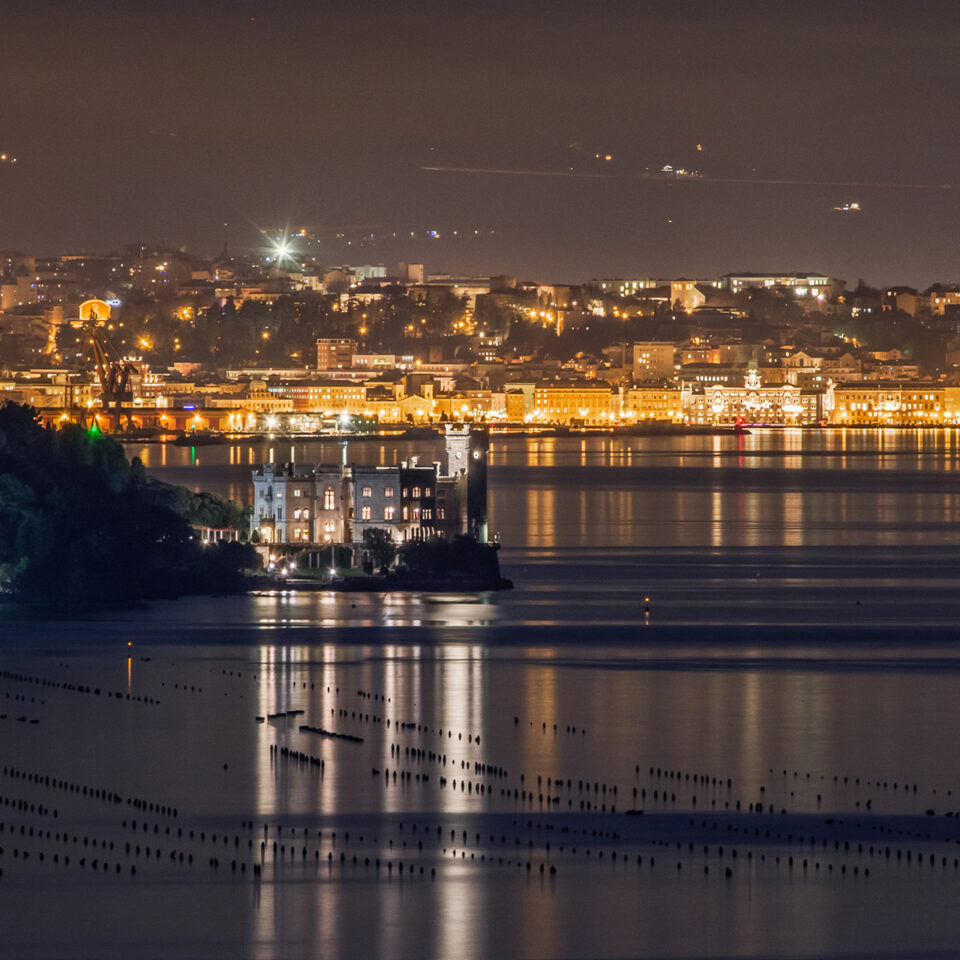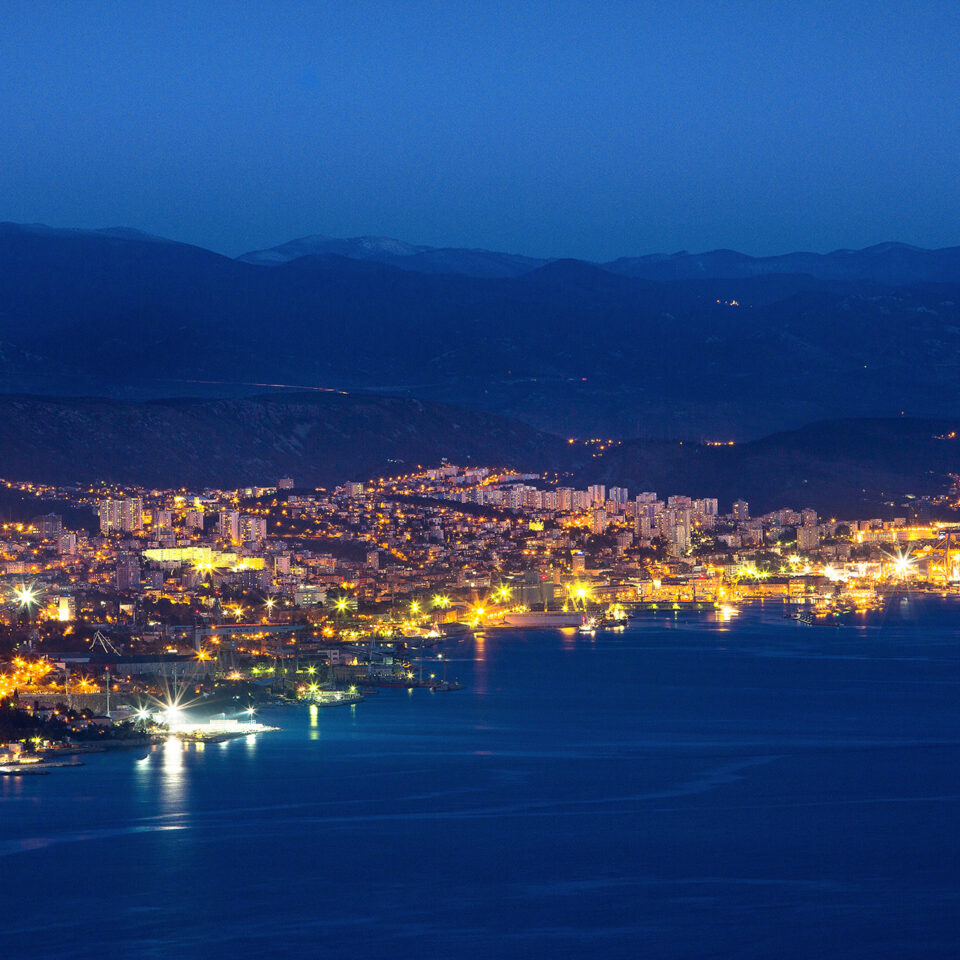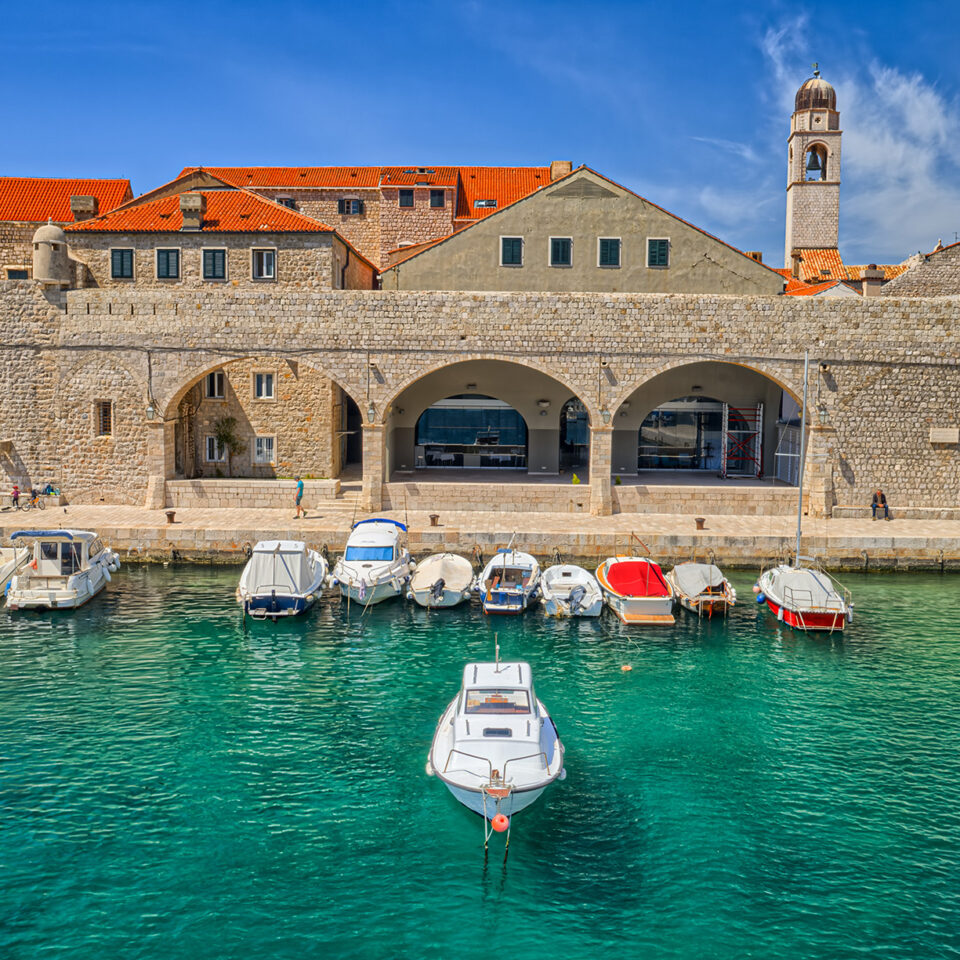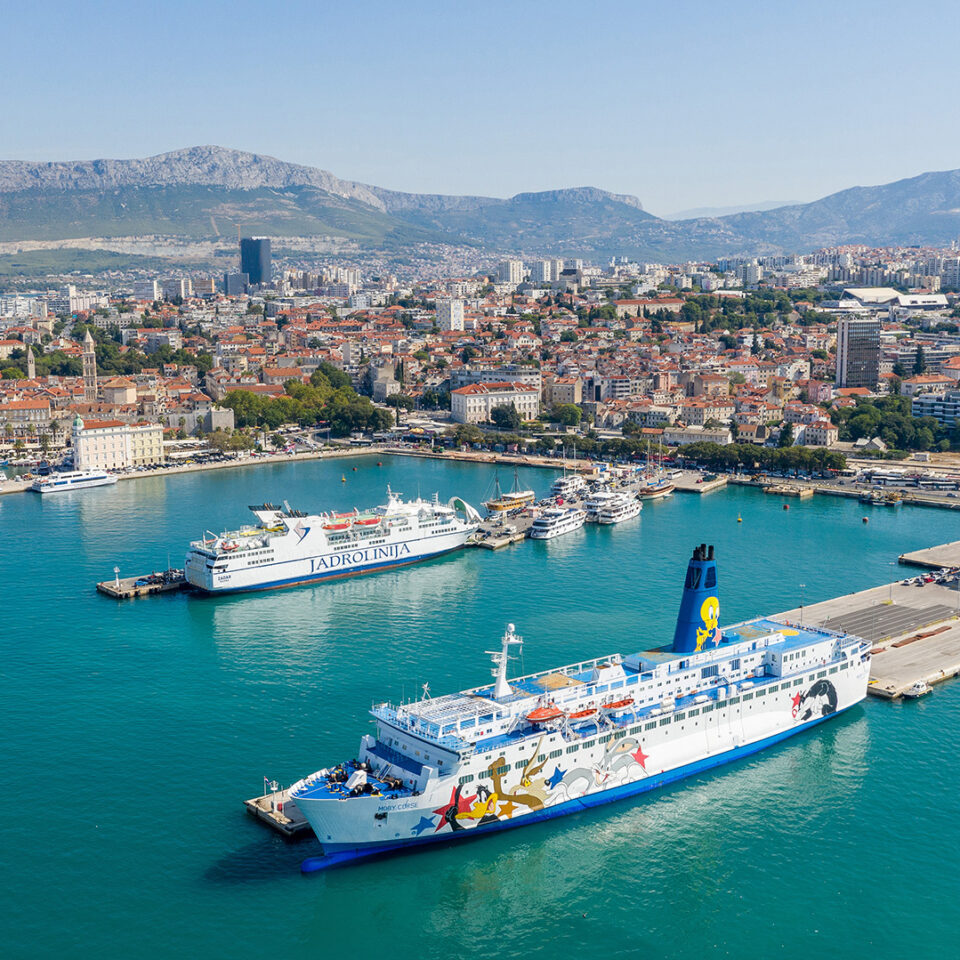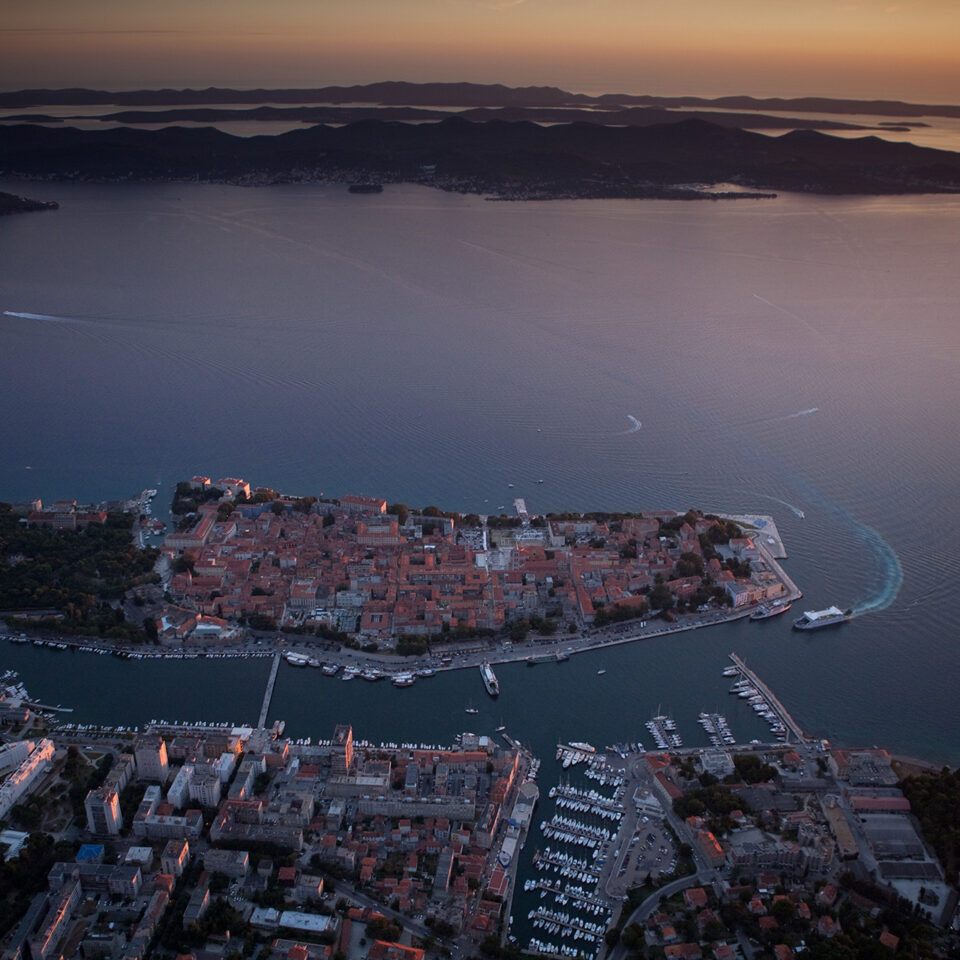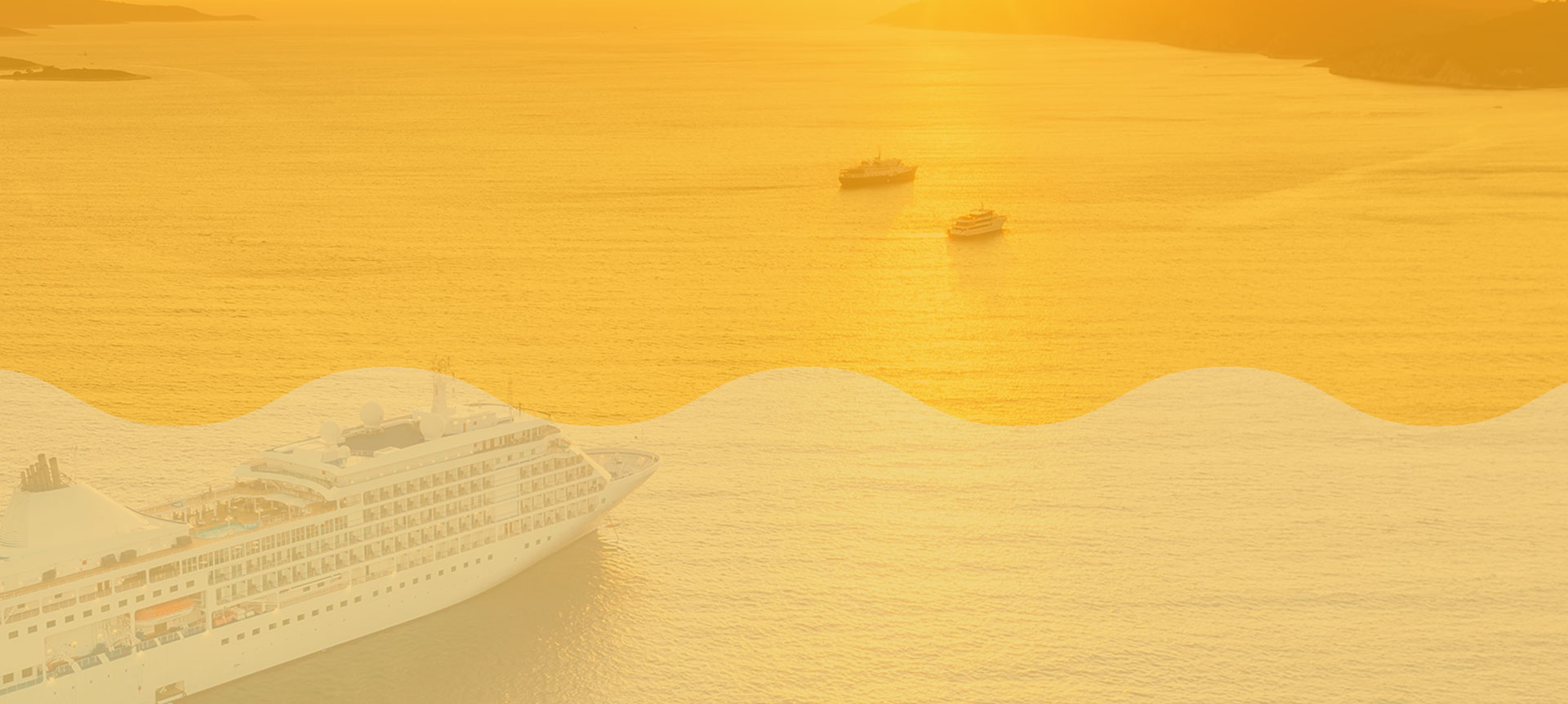

The fondaci: the Serenissima’s trade mechanisms
Venice is situated at the crossroads between East and West and on important trade routes, including the Silk Road and the Spice Route, and was one of the world’s most important commercial hubs. Among the essential assets for this role were the “fondaci”: a term indicating a warehouse, but really a much more complete and excellent complex of infrastructures and services. In reality these were sorting and operating centres, responsible for the efficient and streamlined control and management of shipping.
The first fondaci date back to the 13th century, when they entered into service as part of a support network for trading flows through the colonies and markets of the Republic, preventing any interruption of commerce, and at the same time guaranteeing people’s safety. Along the Grand Canal there were three “national” fondaci, or inns: of the Turks, Persians and Germans.
The Fondaco of the Turks dates to before 1500, from the very beginning it had a port function, including outfitting activity, with a drawbridge that allowed the entry of tall-masted galleys. In 1621 the Republic assigned this fondaco to Turkish merchants, who added lodgings, offices and warehouses for the storage of goods, mainly wax, oil, raw wool and leather, and also tobacco beginning in 1700. The Fondaci dei Turchi came under the ownership of the Municipality of Venice in 1859, and in 1923 it was designated as seat for the precious collections of the Veneto Institute of Science, under the protection of the new of Natural History Museum.
There were also intense commercial ties with Persia, especially for fabrics and textiles, so much so that the Serenissima created a base for Persian merchants near the Rialto bridge. An image of this fondaco is preserved in Vittore Carpaccio’s painting, the Miracle of the Cross, in the Gallerie dell’Accademia. From this we can see how the decoration of the building facades sought to imitate rich fabrics.
The Fondaco dei Tedeschi, or “of the Germans”, located next to the Rialto Bridge, had a similar function at a time when “German” signified any person from northern Europe. This fondaco was first documented in the 1200s, at a time when merchants from the north arrived in Venice in search of spices, and dyes for woollen fabrics.
Discover a unique view of the city from the terrace of Fondaco dei Tedeschi, which is now a luxury shopping mall.

